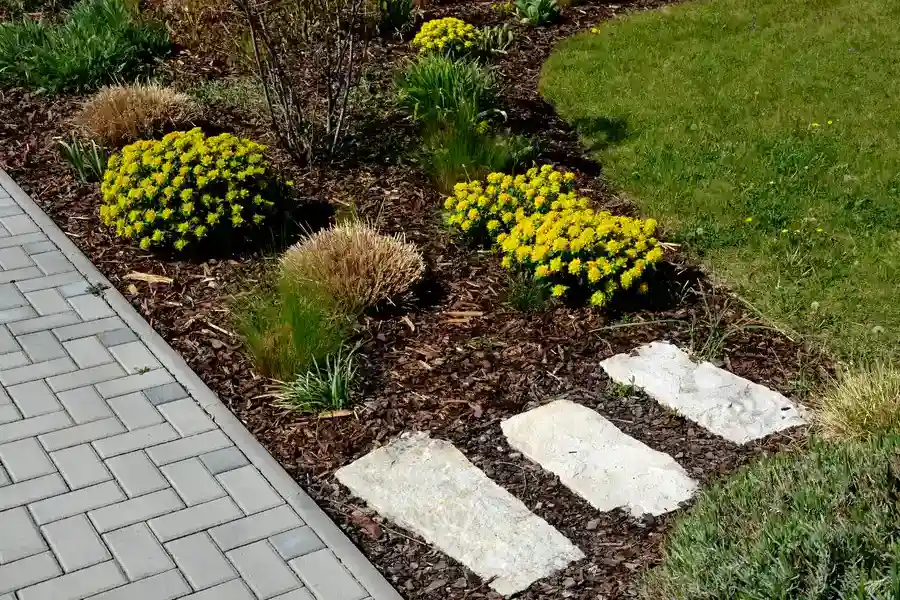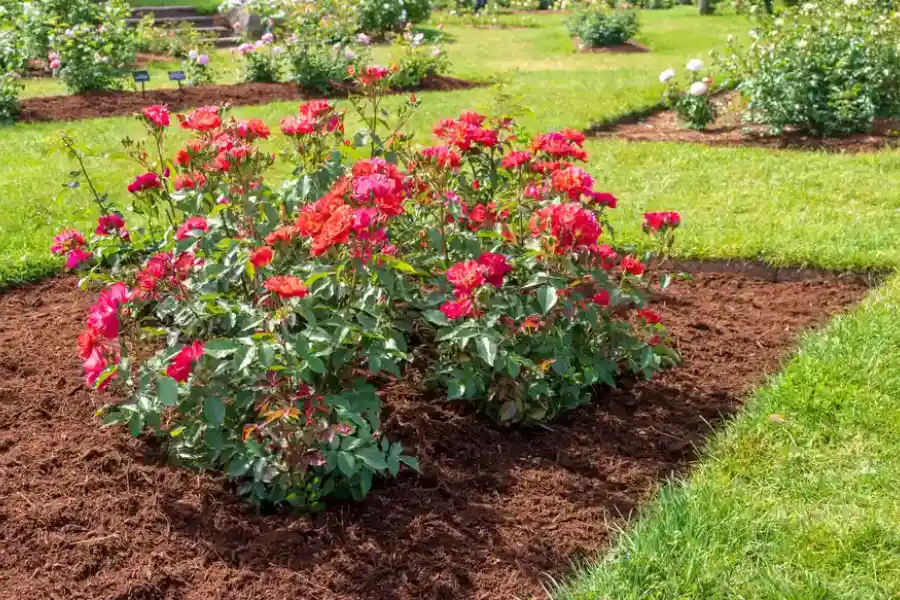How to Stop Weeds From Taking Over Your Garden
In the realm of gardening, weeds are often seen as pesky invaders. They steal nutrients and space from your beloved plants. Keeping them at bay is a constant challenge for gardeners everywhere. There’s one technique that stands out for its effectiveness-mulching. By using this method, you can significantly reduce the presence of weeds in your garden. Here’s how it works and why it’s so effective.

Understanding the Barrier Function
Mulching acts as a physical barrier on top of the soil, making it difficult for weeds to sprout. By covering the soil, sunlight is blocked, which is essential for weed growth. Without sunlight, many weed seeds cannot germinate effectively. This natural barrier is a simple yet powerful way to keep your garden free of unwanted plants.
Retaining Soil Moisture
A key benefit of mulching is its ability to retain moisture in the soil. When you lay mulch over your garden, it helps to lock in water by reducing evaporation. This not only benefits your plants but also makes conditions less favorable for weed growth. Weeds struggle to take root in dry and unfavorable environments.

Adding Nutrients Through Decomposition
Organic mulch breaks down over time, enriching the soil with vital nutrients. As it decomposes, it adds organic matter to the soil, promoting healthy plant growth while simultaneously suppressing weed development. Mulching offers a dual advantage: improving soil fertility while acting as a weed suppressant.
Choosing the Right Type of Mulch
Selecting the right type of mulch can greatly influence its effectiveness. Organic options like straw, wood chips, and leaves are popular for their nutrient-rich properties. Inorganic choices such as rocks or plastic sheeting can also provide strong barriers against weeds. Consider what works best for your specific garden needs.
- Organic mulches decompose over time, adding nutrients to the soil
- Inorganic mulches do not decompose and may require less frequent replacement
- Consider aesthetics: some prefer the natural look of wood chips over synthetic options
Tackling Common Challenges With Mulch
While effective, mulching isn’t without its challenges. One common issue is ensuring even coverage across all areas of your garden. Uneven layers can create spots where weeds might thrive. Regularly replenishing mulch is also necessary to maintain its effectiveness as it decomposes or shifts due to weather conditions.
Practical Tips for Effective Use
For best results, apply mulch when soil is warm and moist. Spread a layer about two to four inches thick across planting beds. Too thin a layer won’t adequately block light, and too thick could suffocate plant roots. Be sure to leave a gap around stems or trunks to prevent rot.
- Prepare soil by removing existing weeds before applying mulch
- Spread mulch evenly, maintaining consistent thickness
- Check mulch levels periodically and replenish as needed
- Avoid piling mulch directly against plant stems or tree trunks
Making Cost-Effective Choices
The choice of mulch can also impact your budget. Organic materials like grass clippings and leaves are often available for free or at a low cost. While more durable, inorganic options might require higher upfront investment but could last longer without needing replacement.
Your Path to A Weed-Free Garden
If you’re looking to improve your garden’s health and appearance, consider mulching as part of your strategy. It provides numerous benefits while keeping pesky weeds at bay. For expert advice tailored to your local environment, reach out to me at (360) 291-5072. I offer personalized solutions based on my location in Poulsbo, WA. Whether you’re just starting out or an experienced gardener, Zeus Landscape Services has the insights you need.